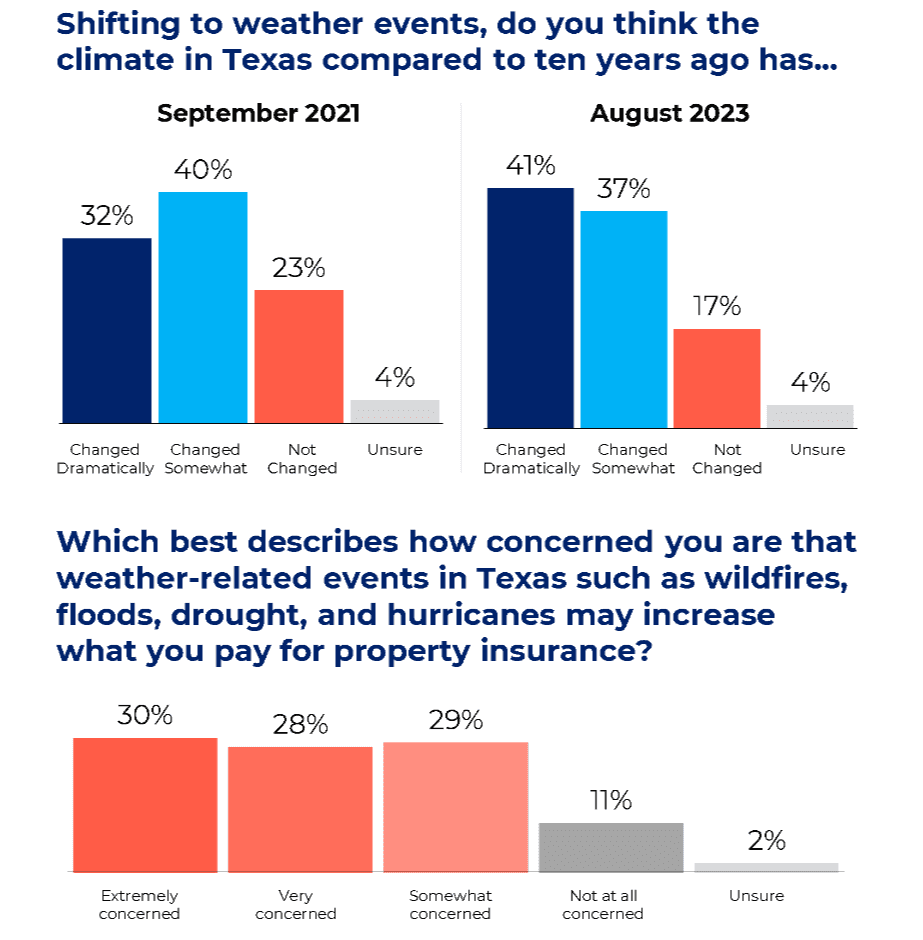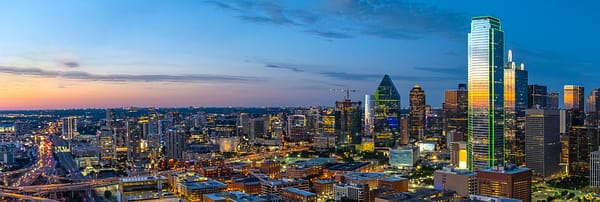We’re using data to prepare for an uncertain future
This is a preview of our Texas 2036 newsletter taking a deep dive into how we’re using data to guide us through the state’s uncertain future. To receive this weekly look at our work, sign up here.
When the future is uncertain, data can be our guide

The past doesn’t predict the future, and knowing what’s coming is difficult, if not impossible. But we can’t afford to just sit by and hope for the best.
That’s why we’re using data to track major developments that impact our lives and economy and putting that data to work to identify policy solutions that will make Texas safer and more secure while protecting our prosperity.

“We at Texas 2036 know that no matter the outcome of any one election, state leaders will need actionable data and credible analysis to produce data-driven policy solutions that will improve the lives of all Texans.”
— David Leebron, president and CEO
Students weren’t ready for the future. So, we took action.
Texas 2036 hit the ground running in 2019, highlighting the importance of assessing, measuring and understanding students’ performance as one of our most powerful tools to understand our state’s needs.
That research into the rigor of our academic assessments has resulted in reports in recent years examining the readiness of Texas students for life after high school and trends in math proficiency among Texas students.
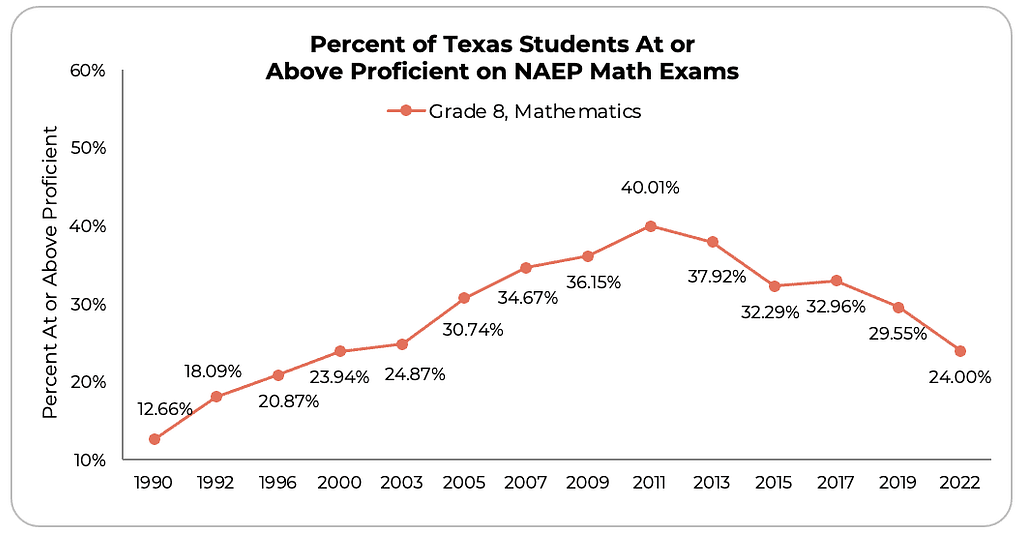
This year’s STAAR results confirmed what we had flagged back then: challenges loom for Texas’ future.
What’s next? Our focus now turns to improving mathematics instruction in Texas schools by making access to advanced math courses easier for more Texas children and improving the state’s math instructional materials.
Employers were short of skilled workers. We brought Texans together to act.

In 2020, we began our focus on workforce development in response to conversations we were having statewide with employers. The issue was simple: employers told us they could not find enough skilled workers.
From these conversations, we supported efforts by lawmakers in 2021 to pass legislation to improve data collection to better align educational offerings with the skills needed to fill these open positions.
We pivoted ahead of the 2023 legislative session to zero in on the role that can be played by community colleges in equipping a Texas-raised workforce with the skills to fill high-demand careers of the future.
That work paid off with the near unanimous passage of landmark legislation that restructured community college finance to better align their offerings with what Texans need to land those better paying jobs and careers.

What’s next? Our focus now turns to high school with an eye to better align coursework there with the skills demanded by the high-growth jobs of tomorrow.
Texas is going to need more energy. We shined a light to guide the future.
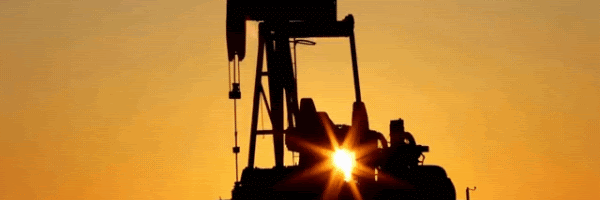
We began conversations in the fall of 2022 to find the data on what will be needed to ensure Texas produces enough energy to handle the continued growth of our population and economy.
The result of that work was 2024’s Future of Texas Energy dashboard, which projects a near doubling of electric demand and necessitating an “all of the above” energy expansion model to handle that demand.
The Public Utility Commission of Texas recently announced that they expect power demand to nearly DOUBLE by 2030, echoing our earlier data.

What’s next? To ensure we have the power we need, our focus is on how decisions made now might shape the energy production capacity and the economic and environmental outlooks for Texas.
Our state is running out of water. Legislators and voters took action.
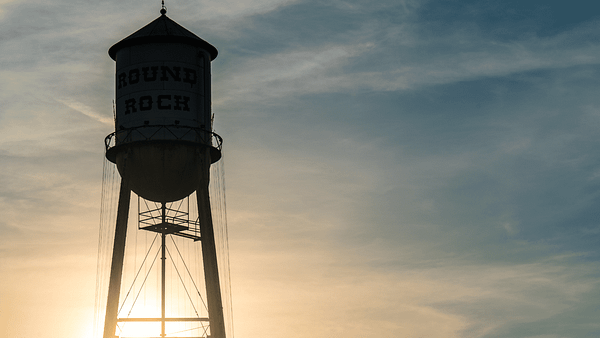
Also in 2022, we convened and pushed conversations to highlight the data on the impending water crisis. Put simply, the growth in the state’s water supply is not currently enough to handle the state’s projected growth.
Our focus on this critical issue resulted first in our legislative blueprint for action on water infrastructure and then helped lead to a new $1 billion investment in our water future in 2023, the largest such investment in a decade.
What’s next? Texas has $150 billion in water infrastructure needs between now and 2070, including $80 billion for new water supplies and $18.9 billion for clean water infrastructure systems.
Our focus turns now toward securing a permanent funding stream, much like what already exists to support new highways, to back new investments in this critical infrastructure.
Texas weather is going to extremes. Our data shows the need for more planning, resiliency.

In the 2023 update to our report on extreme weather produced in collaboration with the state climatologist at Texas A&M, we continue to identify trends toward more frequent extreme weather events.
First launched in 2020 and updated in 2021, this pivotal report continues to serve as an essential resource for Texans and policymakers to understand and mitigate these events. This year, we found:
- Nearly four times as many 100-degree days by 2036 compared to 50 years ago.
- Increased risk of wildfire, especially in western and southern Texas.
- More severe droughts coupled with more erratic rainfall.
- Greater frequency of urban flooding in the Texas Triangle (Houston-Dallas-Austin-San Antonio).

Firefighters battle flames from the reignited Smokehouse Creek fire. (Source: Texas A&M Agrilife photo by Sam Craft)
Hurricane Beryl and the Panhandle wildfires earlier this year are stark reminders that extreme weather continues to occur frequently in Texas.
We CAN bring data to bear so that the state can manage the risks posed by more frequent extreme weather events.
Home insurance rates are rising. We raised the warning flag early.
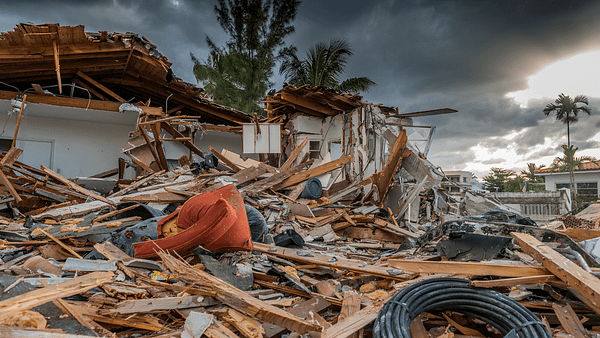
In 2021, we asked Texas voters their opinions on the state’s readiness to handle extreme weather events. In 2023, we asked their concern about the impacts of extreme weather events on their property insurance rates.
For years, we’ve been calling attention to these hidden costs of extreme weather, providing the data to inform the policy conversations that will prepare Texas to meet these new challenges.
5 million uninsured Texans were misunderstood. Our data offers multiple solutions.
As far back as 2020, our data showed that expanding Medicaid would only solve 15% of the challenge of the uninsured in Texas.
Since then, we’ve amassed a lot of data to help policymakers understand better of who Texas’ uninsured are, the many reasons they forego coverage and what can be done to meaningfully lower the state’s uninsured rate.
In 2023, we released a report that made this stunning conclusion: about 2 million currently uninsured Texans are eligible for free or low cost health coverage.
Texas law enforcement was under Sunset review. Our data offered transparency for Texans.
We discovered in 2022 a lack of transparency in how law enforcement officers dismissed for misconduct were being rehired by other departments, undermining public confidence in law enforcement more broadly.
Our research into the Texas law enforcement data landscape identified a serious need to support an improved data capacity and infrastructure.
And that research eventually informed critical reforms in 2023 aimed at increasing transparency and accountability at the Texas Commission on Law Enforcement.
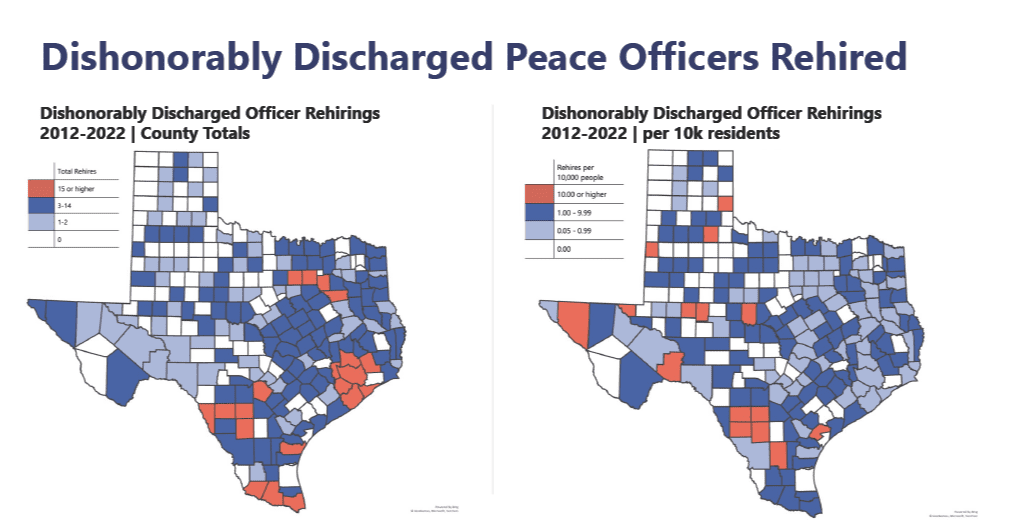
What’s next? Our focus now turns to working on educational programs to better equip those currently serving time behind bars for successful reentry into society.
Feeling uncertain about Texas’ future?
Check out the data.
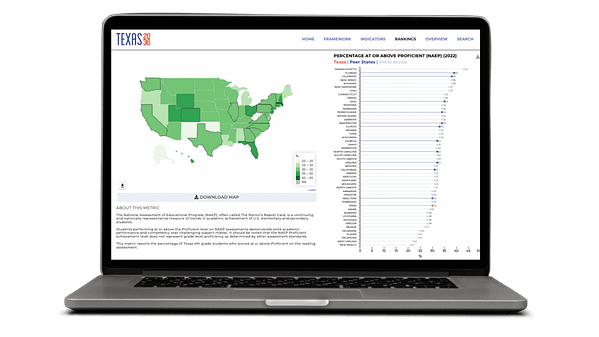
We have the data to compare Texas to other states across 36 of our key policy goals, such as early literacy, math achievement or the percentage of households earning a living wage.
Explore the full dashboard here.
Here’s the good news
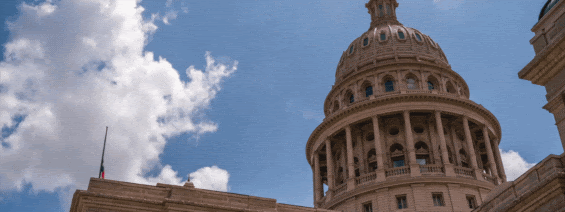
Our data-centric approach to policy allows us to not only anticipate future challenges, it gives us crucial insights into how to effectively address these problems before they take root.
At Texas 2036, we know you can’t take anything as a given. But by using data to monitor trends and test solutions, we can prepare for the future — whatever it may bring.

